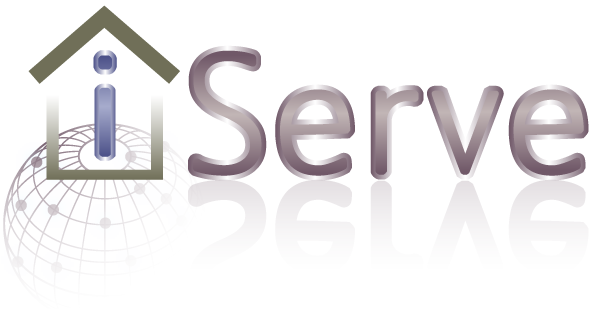iServe Description
iServe is what we refer to as service warehouse which unifies service publication, analysis, and discovery through the use of lightweight semantics as well as advanced discovery and analytic capabilities. iServe provides the typical features of service registries and additional functionality that exploits service descriptions, service annotations and further data gathered and derived from the analysis of these descriptions, data crawled from the Web, periodic monitoring and user activities.
iServe builds upon lessons learnt from research and development on the Web and on service discovery algorithms to provide a generic semantic service registry able to support advanced discovery over both Web APIs and WSDL services described using heterogeneous formalisms.
Accessing iServe
Applications and users can interact with iServe through a number of mechanisms:
- Linked Data
- RESTful API
- Web-based user front end
Linked Data
Once published in iServe, the service descriptions are exposed following Linked Data principles. In particular, each service description is given a unique and resolvable HTTP URI exposing service descriptions in HTML, RDF, XML and JSON through content negotiation. Additionally, the entire registry can be queried through a SPARQL endpoint.
Service Languages and Ontologies Supported
Support to different formalisms is provided through an extensible set of import plugins which transform these into the core conceptual model used by iServe.
In particular iServe currently supports:
Discovery Algorithms Implemented
iServe provides an extensible plugin-based discovery engine which allows one to introduce new algorithms easily and combine them with existing ones on the fly. Discovery results are exposed using diverse serialisation formats (e.g., ATOM, JSON) and can be combined through simple set operations like Union, Intersection, and Subtraction.
Currently iServe provides the following discovery plugins:
- Functional Classifications with RDFS reasoning
- SKOS categorisations
- Inputs and Outputs with RDFS reasoning
- Keywords similarity (disabled in v2.0)
- Free text search
In order to provide a more user/domain-tailored discovery, additional filters and scorers to rank discovery results can be be easily plugged in iServe. The last version provides the following embedded modules:
- Filters:
- Filter of Swagger-based Web APIs
- Scorers:
- Scorer for service provider popularity
- Scorer for vitality of online communities that support Web API developers (e.g.,communities of forums)
- Scorer for service usage
Note: some of discovery algorithms have yet to be ported to version 2.0


